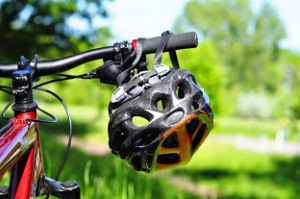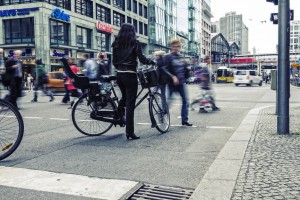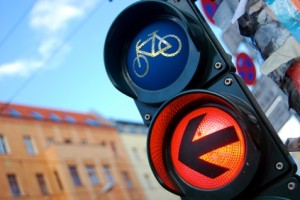 Bicycle riders will get a three foot buffer from passing motorists under a new California law that was passed by Governor Jerry Brown last month. Bicycle riding advocates in the Golden State have been pushing for this legislation for several years now. The last attempt was vetoed by Brown due to his concerns of ambiguity in the language of the statute. It was re-drafted and re-submitted and passed on this go round. Here is the final version of the bill that was passed (AB 1371 – Three Feet for Safety Act). The prior version of the statute (California Vehicle Code 21750) already required drivers to pass bicycles, “to the left” and “at a safe distance” that “did not interfere with the safe operation of the bike”, however, no specific distance was specified as “safe”. The revised code now states as follows:
Bicycle riders will get a three foot buffer from passing motorists under a new California law that was passed by Governor Jerry Brown last month. Bicycle riding advocates in the Golden State have been pushing for this legislation for several years now. The last attempt was vetoed by Brown due to his concerns of ambiguity in the language of the statute. It was re-drafted and re-submitted and passed on this go round. Here is the final version of the bill that was passed (AB 1371 – Three Feet for Safety Act). The prior version of the statute (California Vehicle Code 21750) already required drivers to pass bicycles, “to the left” and “at a safe distance” that “did not interfere with the safe operation of the bike”, however, no specific distance was specified as “safe”. The revised code now states as follows:
“(c) A driver of a motor vehicle shall not overtake or pass a bicycle proceeding in the same direction on a highway at a distance of less than three feet between any part of the motor vehicle and any part of the bicycle or its operator.”
Subsection (d), however, provides a caveat that, if the automobile driver cannot provide three feet, they are still allowed to pass the bike but, they should, “slow to a speed that is reasonable and prudent, and may pass only when doing so would not endanger the safety of the operator of the bicycle, taking into account the size and speed of the motor vehicle and bicycle, traffic conditions, weather, visibility, and surface and width of the highway.” This allows for the possibility of less than three feet but, only if speed is reduced and the passing maneuver is done in a way that is safe for the biker.

 California Accident Attorneys Blog
California Accident Attorneys Blog


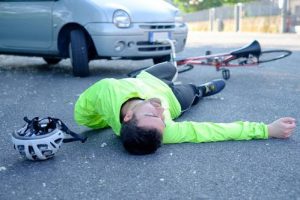 A recent jury verdict in Santa Cruz County shows how bicycle accidents may involve more than one vehicle, and if the second driver fails to take action to avoid hitting the cyclist, the second driver may be held to be civilly liable and ordered to pay damage for his or her percentage of fault.
A recent jury verdict in Santa Cruz County shows how bicycle accidents may involve more than one vehicle, and if the second driver fails to take action to avoid hitting the cyclist, the second driver may be held to be civilly liable and ordered to pay damage for his or her percentage of fault.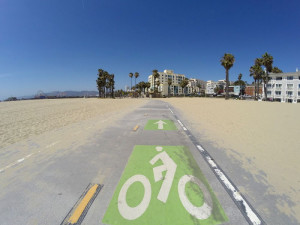 Los Angeles bicycle accidents are, unfortunately, on the rise especially in certain parts of L.A. Bicycles have increasingly become popular again as more people move into the larger city areas. The need for transportation in these areas is always in high demand, and own and operating a car is not always practical for city life. Public transportation is not always reliable or available and some people just prefer not to ride a bus or train.
Los Angeles bicycle accidents are, unfortunately, on the rise especially in certain parts of L.A. Bicycles have increasingly become popular again as more people move into the larger city areas. The need for transportation in these areas is always in high demand, and own and operating a car is not always practical for city life. Public transportation is not always reliable or available and some people just prefer not to ride a bus or train.